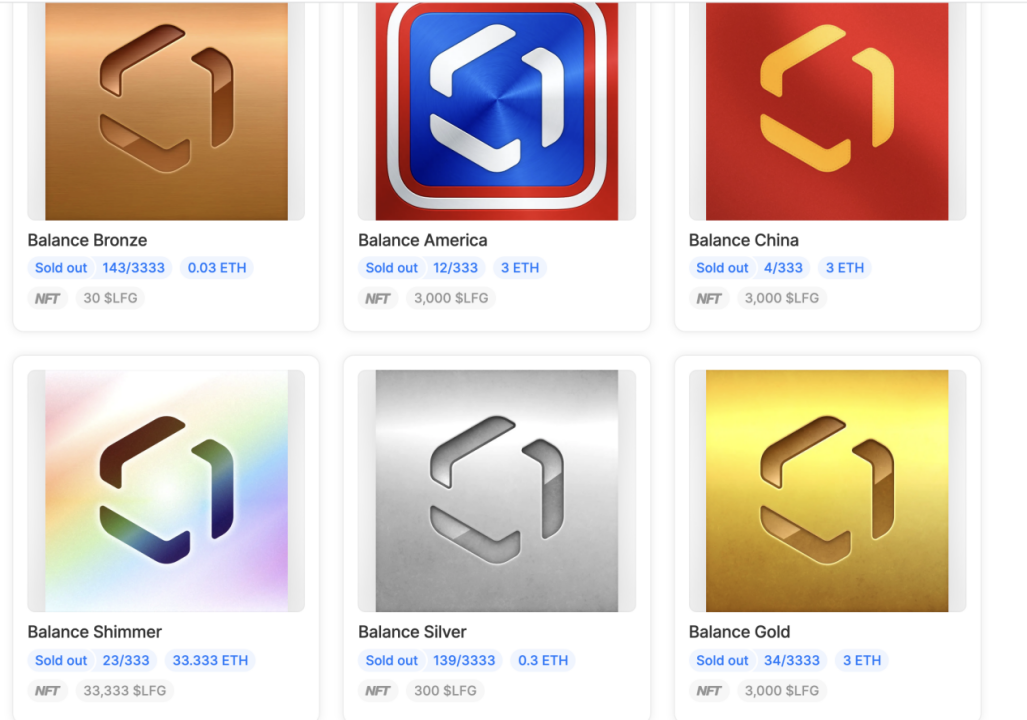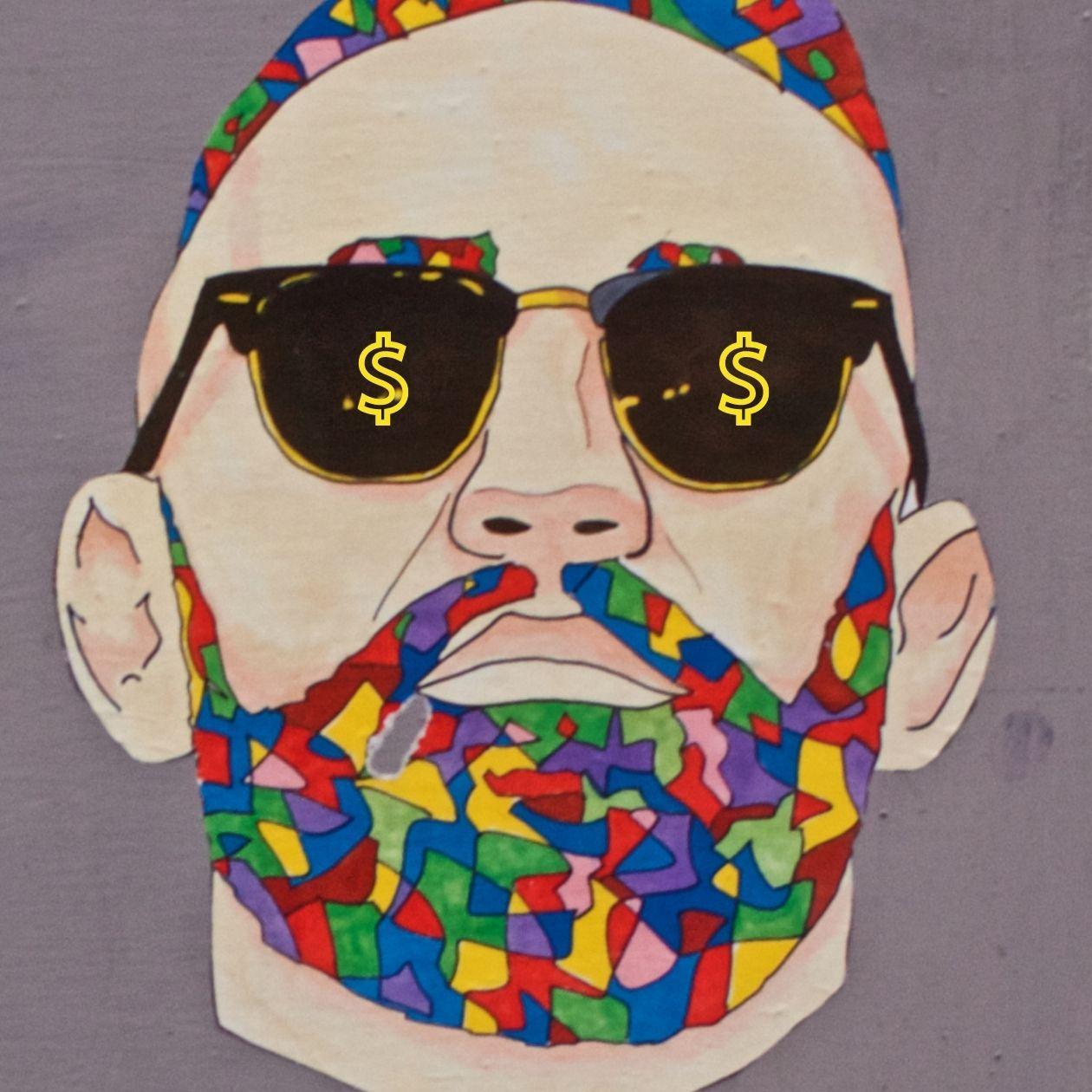Very good post. Thanks!
Forums
Cryptocurrency Forums - Join the Bitcoin Chat and Forum - Live Bitcoin Discussion about cryptocurrency trends and Chat Platforms.
Rise of the Creator Economy: Web 3 Might Start a New Era
As Web 2 social media platforms such as Twitter, Facebook, YouTube, and TikTok boomed in the 21st century, we have witnessed the rise of the content economy. Creators use these platforms to produce quality content and attract followers to turn content into profits. On TikTok alone, the number of followers of the top 10 most popular creators nearly totals 1 billion, which almost exceeds the combined population of the United States, Mexico, and Europe.
However, creators can only make direct earnings through very limited means, and the revenue-sharing mechanisms of Web 2 platforms are also stacked against them. For example, YouTube launched a tipping feature called “Super Thanks” last year. With this function, fans can support their favorite creators, but 30% of revenue from Super Thanks goes to the platform.

In the past 20 years, the traditional business model of online content has created a wide range of problems, covering the inappropriate distribution of revenue, the ownership of content, as well as the vicious competition that has gone rampant. In the meantime, the Web 3 creator ecosystem, which is based on blockchains, underlying NFT economies, or platform-built monetary systems, has taken shape, which could be a great solution to these problems.
Under the revenue sharing rules of the centralized platform, only the top creators can get the vast majority of the platform income, while the ordinary creators suffer from limited revenue sources and make poor earnings. Web 3 platforms, on the other hand, come with more versatile sources of revenue for creators, covering content creation, NFT issuance, community management, fan incentives, etc. Besides, these income sources are gradually forming a closed loop. For instance, creators can sell their works by converting content into NFTs using the built-in tools offered by platforms. Apart from that, mechanisms such as tipping and token rewards also provide more revenue for creators of quality content. Most importantly, all the tips come directly from the wallets of fans and viewers to creators. Web 3 platforms do not cut a share, which sparks the enthusiasm for content creation and helps improve the quality of content.
The biggest difference between the Web 3 creator economy and Web 2 lies in the introduction of blockchain technologies. This means that the content uploaded by Web 3 creators is directly submitted to the blockchain and stored in a node. Furthermore, a unique smart contract address will also be generated. As such, creators own their content because the address allows users to determine the originality of the content even if others were to copy that same content. Additionally, creators can also pay Gas fees to turn their content into NFTs and sell them via auctions.

We live in an age of media where big brands often engage in smear campaigns against one another. They hire people to produce misguiding content to attack their opponents. In this regard, Web 3 social media platforms have introduced screening mechanisms that check the content submitted by users. Such mechanisms include rating by platforms and users, as well as screening by bots.
In addition, many Web 3 platforms also feature the “report/recommend” function. Upon noticing content that’s used for destructive competition, users can pay platform-based tokens to report the content, and employees of the platform will review the content to confirm the report. If the content is indeed used for vicious competition, users would get back their tokens and receive additional token rewards. By the same token, users may also pay tokens to recommend content, and they would also get additional rewards once the content is recommended by the platform. Such screening mechanisms encourage creators to submit original, market-friendly, quality content.
Today, we are witnessing all kinds of new content platforms, creators’ tools, and the relevant infrastructures, covering premium content platforms like Mirror and Bitclout, live streaming platforms such as Popshop Live and OnJam, and social platforms that include NFTychat and DeSo. Meanwhile, the Web 3 ecosystem has become more well-established over time. Although the conventional media giants remain powerful, the Web 3 era, which is for all creators, is coming soon.

